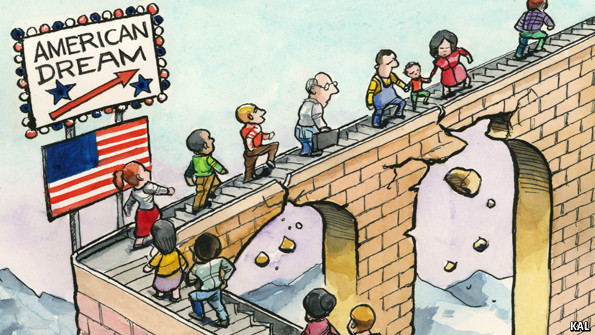Teamwork is an integral part of every organization, allowing for collaboration and efficiency. Yet, some organizations have stronger teams than others. Why is this the case?
In her blog post, Gurleen Gill discusses the benefits of good teams in organizations. She notes that teamwork can strengthen an employee’s productivity and dedication to their organization, leading to higher employee satisfaction. This would benefit organizations because it would help them retain their employees and produce higher quality work.
Walt Disney Co. is the company that Americans want to work for most, and is known for its excellent culture. So how can organizations learn from “The Happiest Place on Earth” to improve their own teams?
Disney thrives off creating connections between people using storytelling. Fans and employees of Disney alike share a common passion for the stories that Disney tells, from classics like Dumbo to modern tales like Frozen, and even the story of the founder, Walt Disney himself. Employees have often grown up with Disney stories, and they will always have a lasting personal connection to Disney’s culture, enabling them to believe in the company’s brand.
Another important element of Disney’s culture is the unique language used within Disney, creating a new level of connection and team spirit. Disney preaches that it is “The Happiest Place on Earth”, creating an air of positivity for employees. The naming of locations as “Disneyland” or “Disneyworld” evoke feelings among employees that the company is its own kind of dreamland, making it clear that this is a truly unique place to work at. Jobs around the theme park are also given their own special Disney-related terms. For example, engineers and artists who design the attractions are called “Imagineers”, and resort service workers are called “Mousekeepers”. The use of these special terms helps to forge yet another unique connection between employees and Disney.
Organizations also require material symbols to demonstrate pride in their company culture, and Disney has no shortage of this. Mickey Mouse has been the symbol for Disney for years, later joined by Minnie, Donald, Daisy, Goofy and Pluto. Through establishing a long-lasting connection with these characters and producing stories about them, they have become the face of Disney and help to create a family atmosphere. Other important symbols for Disney include castles, Tinker Bell, and the Disney princesses, all of which contribute to creating long-lasting connections between Disney and its customers and potential employees.
Through its success and popularity throughout the years, Disney demonstrates that by establishing a personal and tangible connection to the organization, strong teams and organizational culture can be developed to allow a company to thrive. If companies want to make their own teams successful, they should take a page out of Disney’s books.
_____________________________________________________________________________
References:
Whisenhunt, J. (2013, September 08). Disneyspeak: Do You Speak Disney’s Language? Retrieved March 31, 2017, from http://www.chipandco.com/disneyspeak-speak-disneys-language-62241/
Zillman, C. (2016, June 6). Disney is Named the Company Americans Want to Work for Most. Retrieved March 31, 2017, from http://fortune.com/2016/06/06/fortune-500-disney-most-desired-employer/


